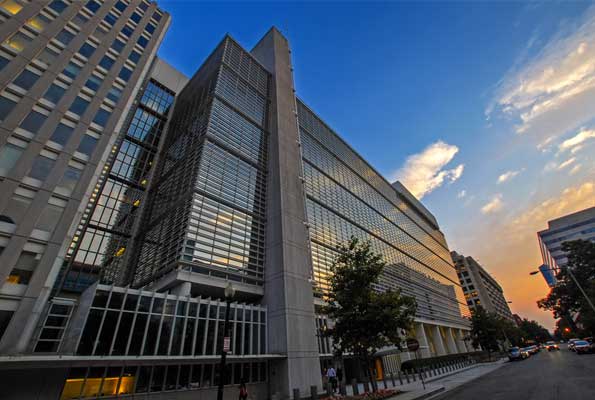In its most recent update, the World Bank lowered its forecast for the six Gulf Cooperation Council (GCC) oil producers’ economic growth in 2023 from 3.7% to 3.2%.
Growth of this magnitude would be less than half of the 7.3% anticipated for the six-member nations in 2022.
The World Bank has also stated that their predictions do not consider the impact of OPEC+’s surprise oil output cuts, announced in April 2023, which have increased oil prices and price expectations since they were revealed.
The downward revision to growth projections is due to an anticipated drop in oil prices from highs in 2022. As a result, Saudi Arabia, the world’s top exporter of petroleum, is estimated to grow by 2.9% in 2023, the biggest fall among the GCC economies, down from 8.7% in 2022 and 3.7% projected in October.
The benchmark oil price, Brent crude, nearly reached its all-time high in 2022 March, peaking at USD 139. Thursday saw a cost of about USD 84.
The GCC is expected to grow by 3% in 2023, down from 5.8% growth in 2022, but will still outperform the larger Middle East and North Africa (MENA) region, according to the World Bank’s estimate.
In an interview with Reuters, Roberta Gatti, the senior economist for the MENA area at the World Bank, said that “economic growth will slow down in 2023 on a narrative that the windfall from rising oil prices will come to an end.”
With other OPEC+ members, Saudi Arabia unexpectedly announced May 2023 oil production restrictions, sending the price of crude oil skyrocketing.
According to Gatti, the Saudi economy is still quite responsive to changes in oil prices and the oil market, but there is also a deliberate, multifaceted goal to diversify.
With varied degrees of success, all the Gulf states have started economic reform initiatives to diversify their income away from hydrocarbons. As a result, the economies of the United Arab Emirates are among the most diverse in the area, and Dubai is regarded as an essential centre for trade and tourism.
The second-largest economy in the GCC, the United Arab Emirates, is expected to grow by 3.3% in 2023, down from the 4.1% predicted in October 2022, according to the World Bank.
The premier financial body also backed Oman to have the GCC economy with the fastest growth rate in 2023, with growth estimated at 4.3%.
The outlook said, “In the GCC, growth is expected to slow to 3.2% in 2023 and to 3.1% in 2024. This comes after the GCC grew 7.3% in 2022. The fastest growing economy within the GCC in 2023 is projected to be Oman, at 4.3% growth.”
“Despite weakening demand for oil, Oman’s relatively high growth is expected to be sustained by increased hydrocarbon production capacity, in particular, aided by the development of new natural gas fields,” the report added further.
S&P, a rating agency, changed Oman’s outlook from stable to positive in 2023. It stated that the government was working to balance its books and that gross debt had dropped from about 60% of GDP in 2021 to 40% in 2022.
A budget surplus of 3.2% of GDP is predicted for the GCC in 2023, down from 4.3% in 2022.



